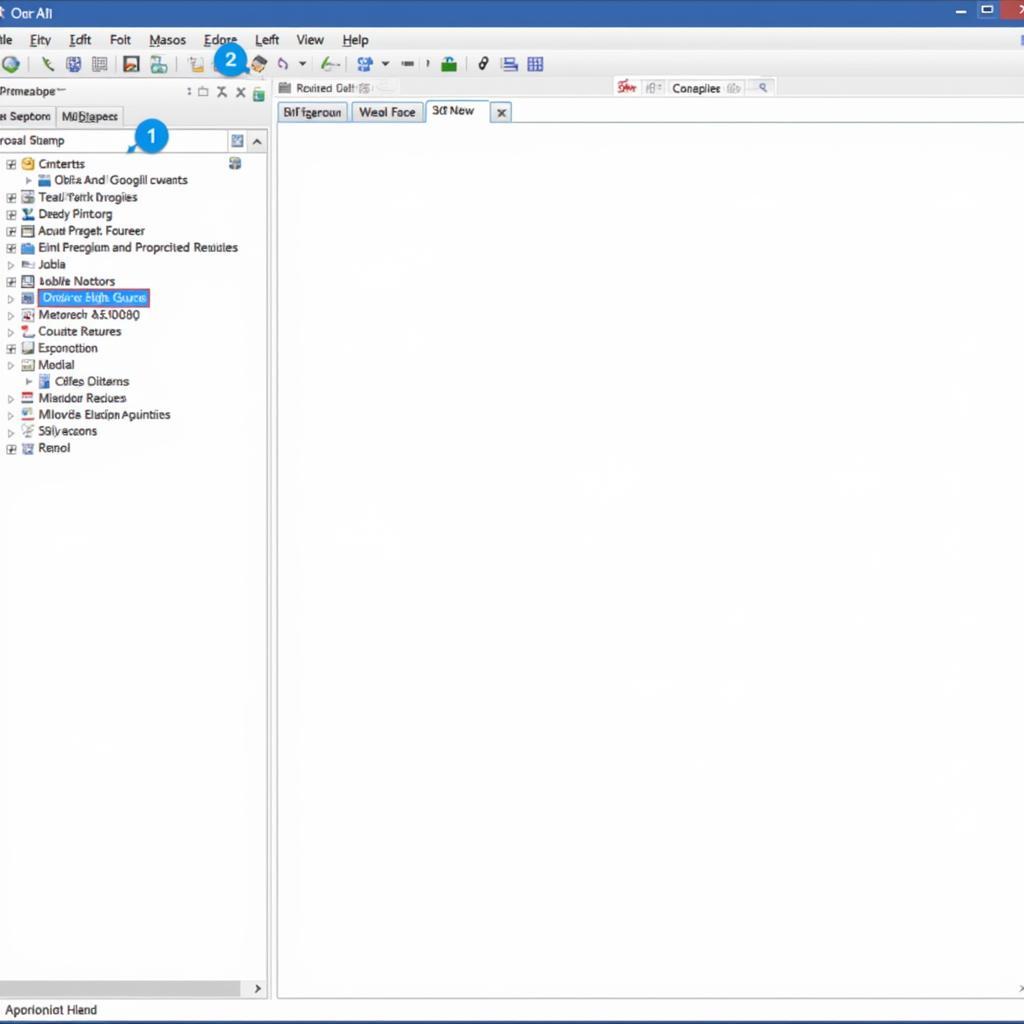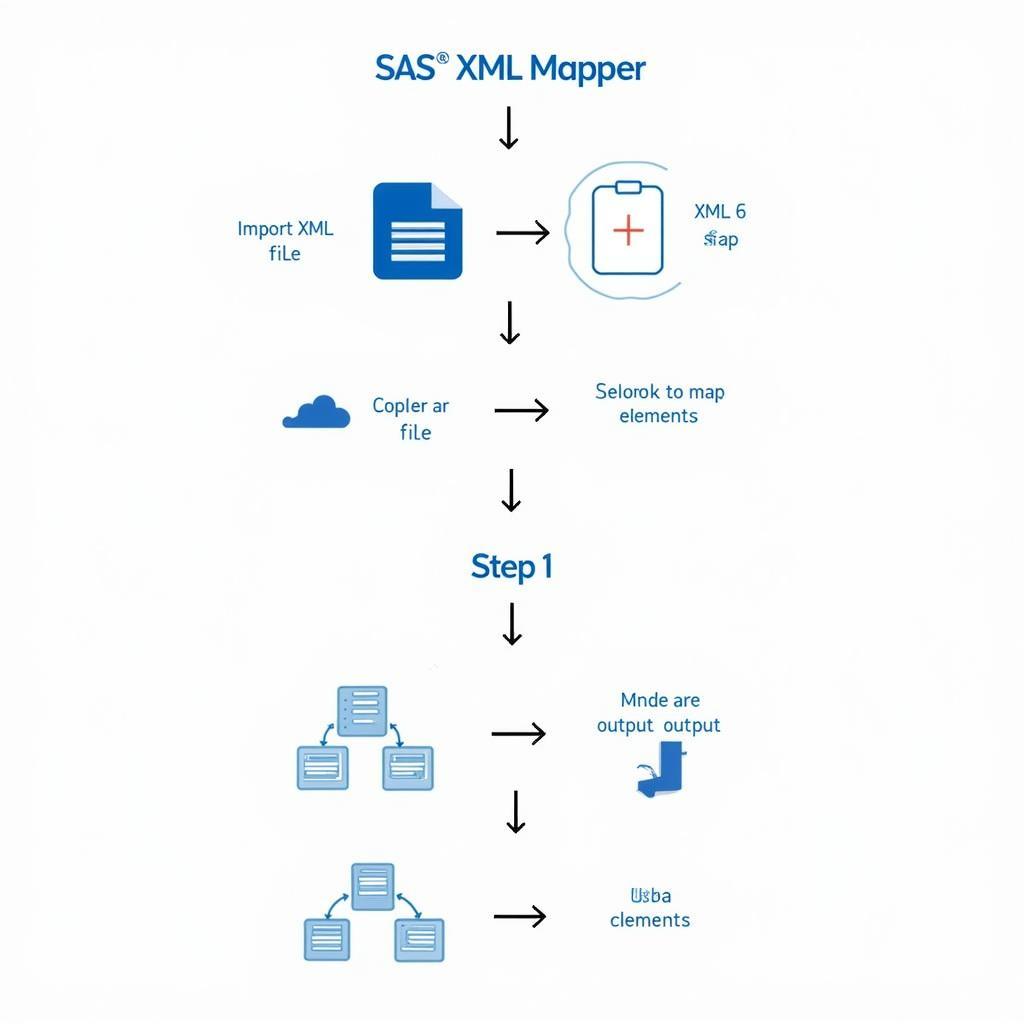SAS XML Mapper is a powerful tool that simplifies the complex process of converting XML data into SAS datasets. This guide will explore everything you need to know about SAS XML Mapper, from its functionalities and benefits to its applications and how it streamlines data transformation.
 SAS XML Mapper Interface
SAS XML Mapper Interface
Understanding XML Data and Its Challenges
XML (Extensible Markup Language) is a widely used format for storing and exchanging structured data. Its flexibility and human-readable format have made it a popular choice across industries. However, analyzing and processing XML data within SAS can be challenging due to its hierarchical structure and complexity.
Traditional methods often involve intricate programming with SAS code, requiring a deep understanding of both XML and SAS programming concepts. This complexity can be time-consuming and prone to errors, especially for large or intricate XML documents.
Introducing SAS XML Mapper: Simplifying XML Data Conversion
SAS XML Mapper provides a user-friendly, visual interface to map XML elements to SAS variables, eliminating the need for complex coding. With its intuitive drag-and-drop functionality, you can easily select and map elements from the XML schema to create SAS datasets without writing a single line of code.
 XML to SAS Data Conversion
XML to SAS Data Conversion
Key Features and Benefits of SAS XML Mapper
- Visual Mapping Interface: Simplifies the mapping process with an intuitive drag-and-drop interface.
- Code-Free Environment: Eliminates the need for complex SAS programming, making it accessible to users with varying technical expertise.
- Support for Complex XML Structures: Handles complex XML schemas, including nested elements and attributes, with ease.
- Data Validation and Error Handling: Ensures data integrity with built-in validation rules and error handling mechanisms.
- Improved Efficiency: Streamlines the data conversion process, significantly reducing time and effort.
How SAS XML Mapper Works: A Step-by-Step Guide
- Import XML Schema: Begin by importing the XML schema file into SAS XML Mapper.
- Drag and Drop Elements: Select and drag XML elements from the schema tree and drop them onto the corresponding SAS variables in the mapping panel.
- Define Data Transformations: Apply any necessary data transformations, such as data type conversions or calculations, directly within the mapping interface.
- Preview and Generate SAS Code: Preview the generated SAS code to review the mapping logic and ensure accuracy before generating the final code for execution.
- Execute and Create SAS Datasets: Execute the generated SAS code to transform the XML data into structured SAS datasets ready for analysis.
Applications of SAS XML Mapper
SAS XML Mapper finds applications across diverse industries and domains where XML data is prevalent:
- Healthcare: Processing patient records, clinical trial data, and medical device information.
- Finance: Handling financial transactions, market data feeds, and regulatory reports.
- Retail: Analyzing customer data, product catalogs, and online transactions.
- Government: Processing census data, geospatial information, and public records.
 SAS XML Mapper Applications
SAS XML Mapper Applications
Conclusion
SAS XML Mapper is an invaluable tool for anyone working with XML data in SAS. Its user-friendly interface and powerful capabilities simplify the complex task of converting XML data into SAS datasets. By automating the mapping and transformation process, SAS XML Mapper empowers users to focus on data analysis and insights, ultimately driving better decision-making.
Leave a Reply